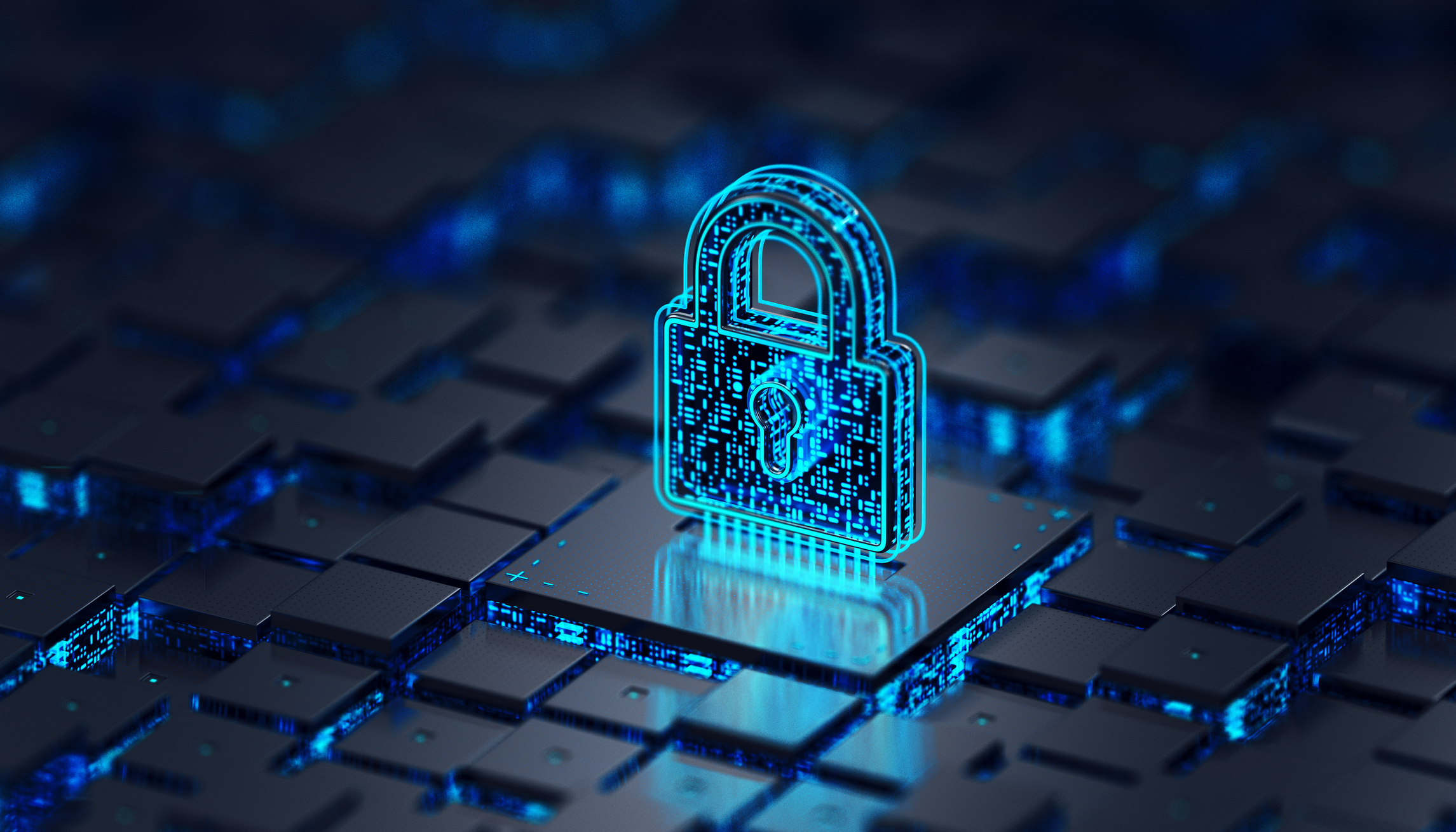Apple iPad 2 review
The best tablet of the year or an unnecessary consumer bauble? We take an in-depth look at the 16GB WiFi iPad 2 to see whether you should deploy it in your business.
Despite some operating system niggles, the otherwise slick iOS combined with elegantly designed hardware leads to some real, tangible benefits for the end user - such as excellent battery life. All this makes the iPad 2 the standard by which all other tablets will be judged. If you've already deployed the original iPad there's not enough in the new model, with the possible exception of the dual core processor, to make it worth upgrading. Although it's currently the best tablet you can get, if you're deploying tablets for the first time and can wait, it'll be worth seeing how well it compares against the numerous upcoming competing tablets from rival manufacturers.
Sophisticated apps like iMovie are possible thanks to the new dual-core 1GHz A5 processor. Paired with 512MB of RAM, twice the amount of the previous iPad, it makes everything from web page rendering to opening apps feel snappier. We suspect more and more apps will take advantage of the A5 processor, but we also expect the majority of apps to remain backwards-compatible with the original iPad, just as many iPhone apps still work on older models.
For day-to-day work, the iPad 2 is usable, although you'll have to get used to some foibles which remain unchanged from the first model. It is possible to type moderately long documents on the touchscreen keyboard, but even after practice and growing to trust the spelling autocorrection, it's still a task best done using an external Bluetooth keyboard or on a laptop. Plus, constantly looking down at the surface you're typing on is literally a pain in the neck.
Typing is made easier by Apple's optional Smart Cover which attaches to the left hand side of the iPad magnetically. It not only acts as a screen cover, but can fold back into a toblerone-shaped stand propping up the iPad for easier typing or for use as a stand for watching video. The magnetic attachments also allow the iPad to be automatically locked and unlocked whenever the cover is closed and opened respectively. Thankfully, this doesn't bypass any passcode/password lock. The Smart Cover is so useful we'd almost consider it an essential purchase for would-be iPad 2 owners, although there will no doubt be countless third-party imitations and alternatives.
Apple has also decided not to make the file system in iOS user accessible. Although this prevents people from misplacing their files, it also makes it tricky to get files onto an iPad in the first place. Files sent as email attachments can be passed on from the Mail app to other apps for further use, or files can be transferred laboriously over USB using iTunes. A more elegant alternative would be to use online storage services such as DropBox or cloud applications such as Google Docs. Printing is currently limited to a handful of HP ePrint models as we discovered when we investigated cloud printing services.
Get the ITPro daily newsletter
Sign up today and you will receive a free copy of our Future Focus 2025 report - the leading guidance on AI, cybersecurity and other IT challenges as per 700+ senior executives
-
 Layoffs loom for underskilled tech workers and poor performers – but there's light on the horizon for those willing to upskill
Layoffs loom for underskilled tech workers and poor performers – but there's light on the horizon for those willing to upskillNews Tech hiring managers expect to make layoffs in the coming months, with roles ripe for automation and workers with outdated skills the most likely to be cut.
By Emma Woollacott Published
-
 Executives think AI can supercharge cybersecurity teams – analysts aren’t convinced
Executives think AI can supercharge cybersecurity teams – analysts aren’t convincedNews As organizations adopt AI, frontline cybersecurity workers are worried AI will reduce job security and increase their manual workload
By Rory Bathgate Published
-
 Software deployments are plagued by delays: Rampant skills shortages and underinvestment are slowing down processes – and it’s costing businesses big
Software deployments are plagued by delays: Rampant skills shortages and underinvestment are slowing down processes – and it’s costing businesses bigNews UK software deployments are running an average of four months beyond schedule, new research shows, with delays affecting more than eight-in-ten businesses.
By Emma Woollacott Published